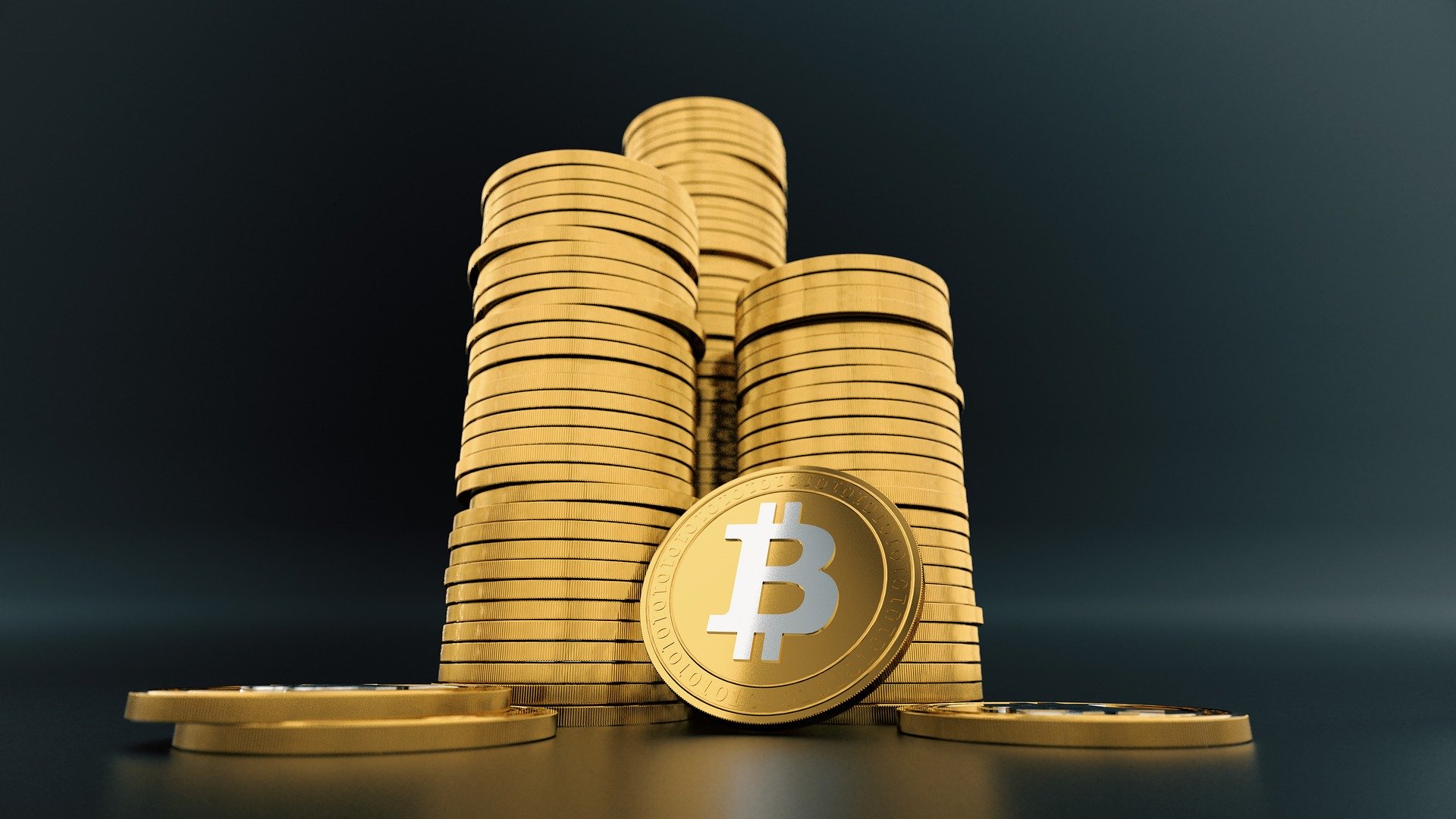The already-impressive Liquidity Index of XRP, experienced another boost of one million, setting an unprecedented record on Bitso.
The US government agency, the Consumer Financial Protection Bureau, is also making a lot of changes to the proposed Electronic Fund Transfer Act, which will be finalized in January 2021. All the suggestions showed that CFPB is viewing XRP in the positive light with regard to its future role.
XRP Posted Record-High Liquidity

Bitso is the partner of Ripple and MoneyGram in the Mexican On-Demand Liquidity corridor. It was just launched this year.
Bitso is presently the largest crypto exchange in this nation. XRP is reportedly responsible at least 80 percent of this exchange’s total trading volume.
Before this, the XRP/XMN transaction volume figure totaled an estimate of 8.5 million. However, on December 14, XRP Liquidity quickly reaches over 9 million dollars.
To say that the Liquidity Index for XRP/MXN is growing fast is an understatement. It has been reaching one all-time high after another.
In fact, the daily progress posed is at 92 percent.
This is not the only notable development that XRP was able to achieve.
XRP Value Recognized by US Document

As XRP achieves a new astounding liquidity level, its value is also being recognized elsewhere.
In the United States, the CFPB specifically mentioned the positive role it will play in the future.
The Bureau reportedly monitored the remittance transfer market diligently since the publication of the Assessment Report and observed several developments, one of which is the role of XRP and Ripple.
In a document on Remittance Transfers under the Electronic Fund Transfer Act, the CFPB cited the great possibility that Ripple and XRP may already be used for international money transfers one day.
The document stated that soon enough, banks could already know the total sum of a transaction, well before the recipients could collect them before the transfer happens itself.
In this document, the CFPB also described Ripple and XRP as a safe harbor.
Moreover, Ripple is hailed one of the disruptors of the remittance industry.
What made this mention quite astounding is that there were no naming of other payment platforms or blockchains. It seems that XRP has been singled out as a digital asset associated with a unique remittance system.
It is a good affirmation of its value.
Ripple is not the only one mentioned, though. It’s competition, SWIFT also figured into the document. CBFP noted that the global payment innovation transfer of SWIFT had contributed some laudable developments into the sector.
One of these is the enhancing of upfront information that sending institutions can access.
The document, however, is still being discussed today, with a finalization date of January 2021.
In this proposed changes to the Electronic Fund Transfer Act, the CFPB is clearly positive about the evolving state of cross-border payments technology.
Changes to Make Remittances Easier and Faster
Apart from citing XRP and its value, the CFPB announced possible modifications people can expect in the sending and handling of in the future.
These changes are envisioned particularly in light of the growing role of virtual currencies in general.
Based on the document, Instead of just 100, the amount that businesses can possibly send without labeling themselves as a remittance transfer provider increased to 500.
The CFBP has described the asset as a reliable method to make remittances. Ideally, it will make it less costly, but at the same time, so much faster for companies. This is especially helpful for companies that have an annual limit on their money wire transactions.
The Bureau is looking to enable insured institutions to make estimates on the exchange rates of the remittance transactions to a specific country.
While they seem nothing, they are indeed significant developments. These suggest that banks and credit unions may one day no longer depend on estimates anymore.
This, provided that they made fewer than a thousand remittance transactions to that country for the past year.
If the companies only made fewer than 500 transfers to that specific country the past year, they will have the leeway to estimate the third-party fees.
Nuisances of Large Transactions

Some people perceive the large XRP transactions in the recent past as more of a nuisance, though.
Whether the recognized value of XRP and its record-high liquidity today can erase this perception remains to be seen.
One example is the large XRP transaction that the Whale Alert Twitter account announced. According to this expose, there was a massive transaction amounting to 150 million sent from one account to another, both of them anonymous.
Many members of the XRP community look at these transactions with distaste. They blame Ripple the most, though, or at least criticize it the most.
Every month, Ripple tends to release a billion XRP from its escrow account.
CEO Brad Garlinghouse has explained several times that these releases are crucial to increase XRP liquidity.
However, the members of this watchful community speculate that these dumps are the reason why the coin price remains very low.
These are not pure speculations, though. There are possible truths here.
The XRP price has been so low for a long time, not even reaching the 0.30 threshold. Recently, it even dropped lower, down to $0.22, and risking even reaching the $0.21 level.
The SWELL conference did not even boost the XRP price.
CFPB Tempers People’s Expectations
These achievements are suggesting that elements of closed network payments system are already penetrating the cross border money transfers that banks and credit unions are making. However, The CFPB wants people to temper down their expectations.
It claimed that these developments are unlikely to change the market just yet, at least in the immediate future. Companies will still have to depend on traditional payment methods in the meantime.
This is a given since the document will yet to reach finalization at least two years from now. Many developments can still happen. Some unexpected problems may even crop up.

